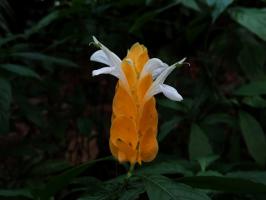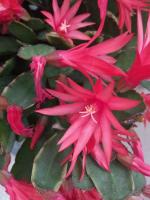1、 Curing method
1. Basin soil: it has a high demand for soil, which needs clean, sterile, breathable, soft and good drainage soil. Such soil needs are difficult to find, but they can be prepared by themselves. Charcoal, moss, fern root, dried bark and stone shall be selected and mixed in the proportion of 2:2:1:3:1
2. Moisture: Dendrobium huoshanense likes moist soil, but it can't irrigate too much. It can be irrigated once every two days. In the hot summer, it needs to be irrigated three times a day. In winter, it can be irrigated again when the basin is dry
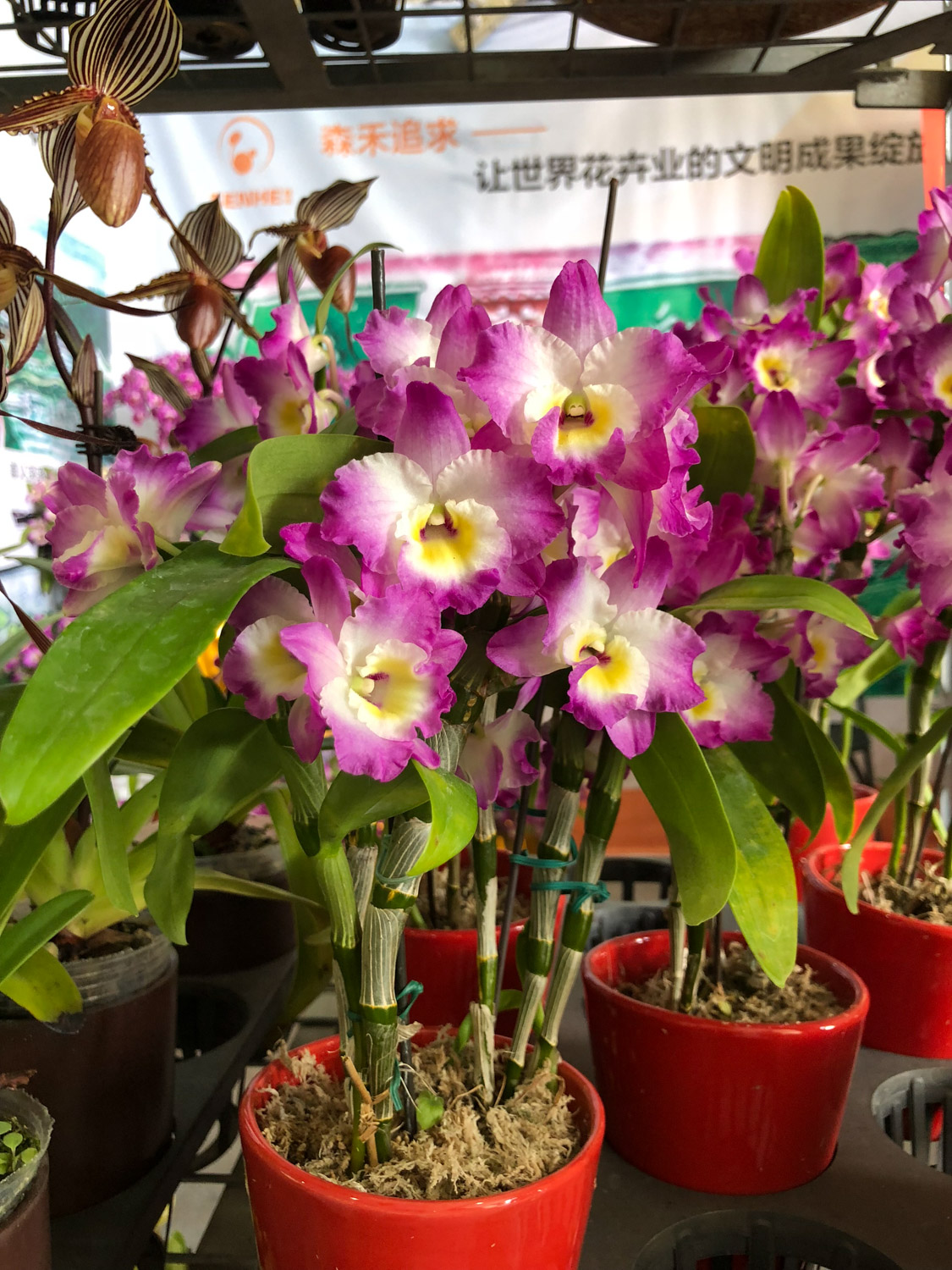
3. Nutrients: applying fertilizer is also a key step. Too much nutrients will affect growth, and too little nutrients will also affect growth. Therefore, we must pay attention to controlling the amount of fertilizer. Generally, liquid fertilizer can be used every 30 days or so
4. Sunshine: its demand for sunshine is not high. In order to grow better, shade it during maintenance
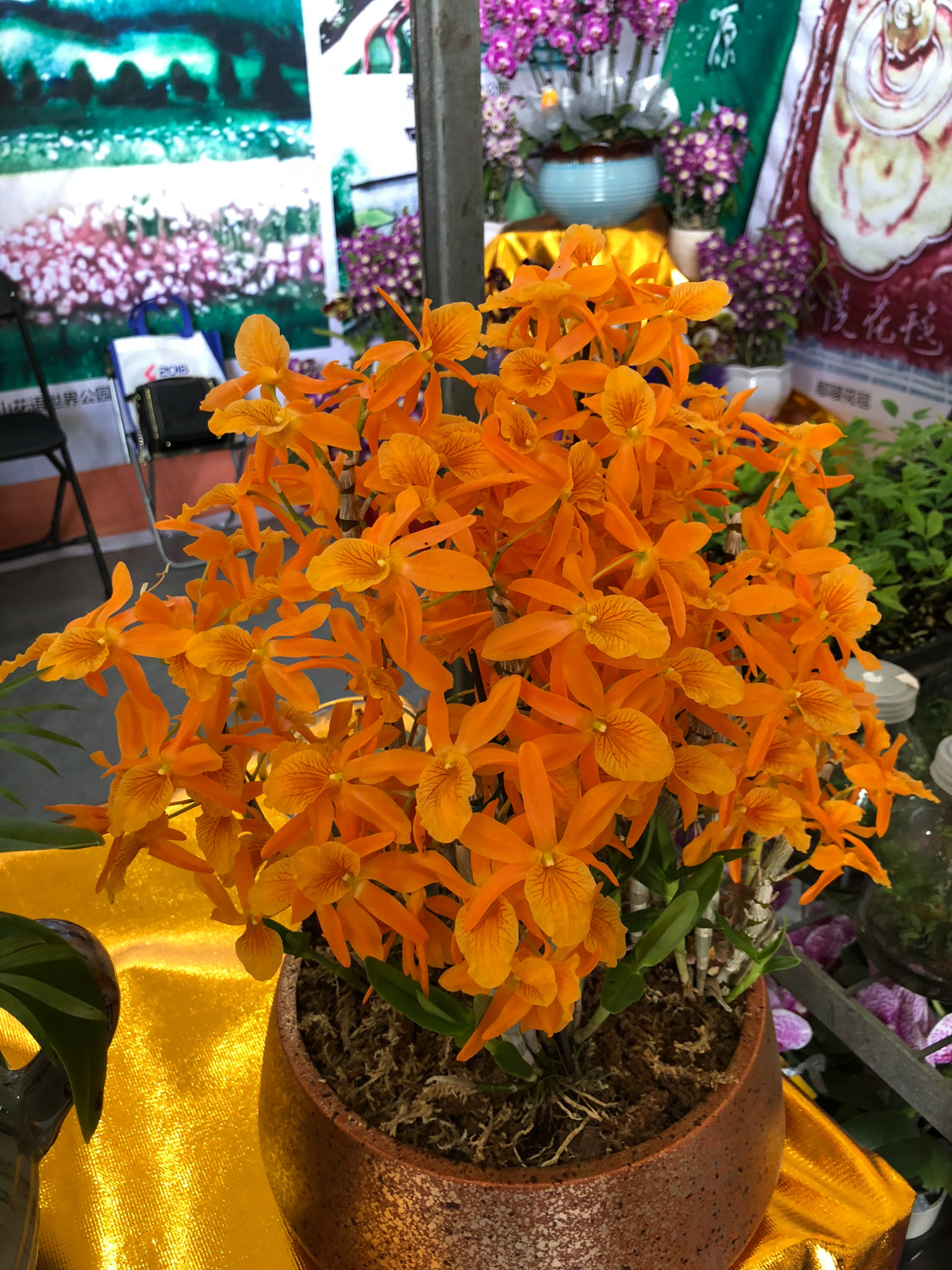
2、 Breeding skills
1. Pruning: when collecting Dendrobium before germination in spring, cut off the withered branches and leaves and dense stems and leaves. This can promote the absorption of nutrients by branches and leaves and accelerate the growth of germination
2. Propagation: Dendrobium huoshanense is usually propagated by ramets. Select the mother plant that grows well and has been cultivated for more than three years for rametting. It's easier to succeed
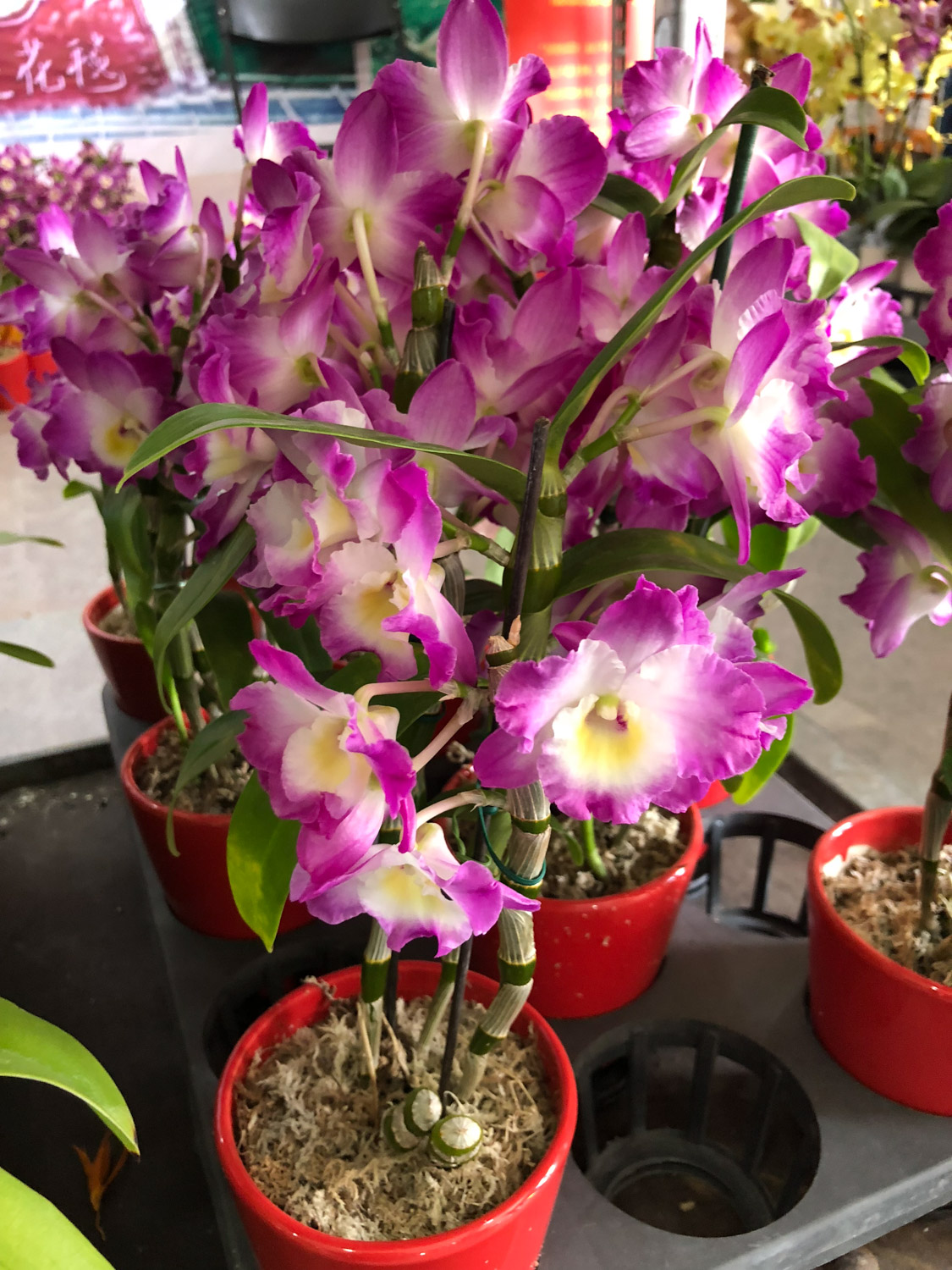
3、 Diagnosis and treatment problems
1. Black spot: black spot is a common disease. At this time, all branches and leaves suffering from black spot should be trimmed off, and then tobuzin wettable powder should be sprayed with water
2. Thrips: thrips appear in Dendrobium huoshanense, so phoxim emulsion should be sprayed with water. Spray once every seven days until all thrips are killed
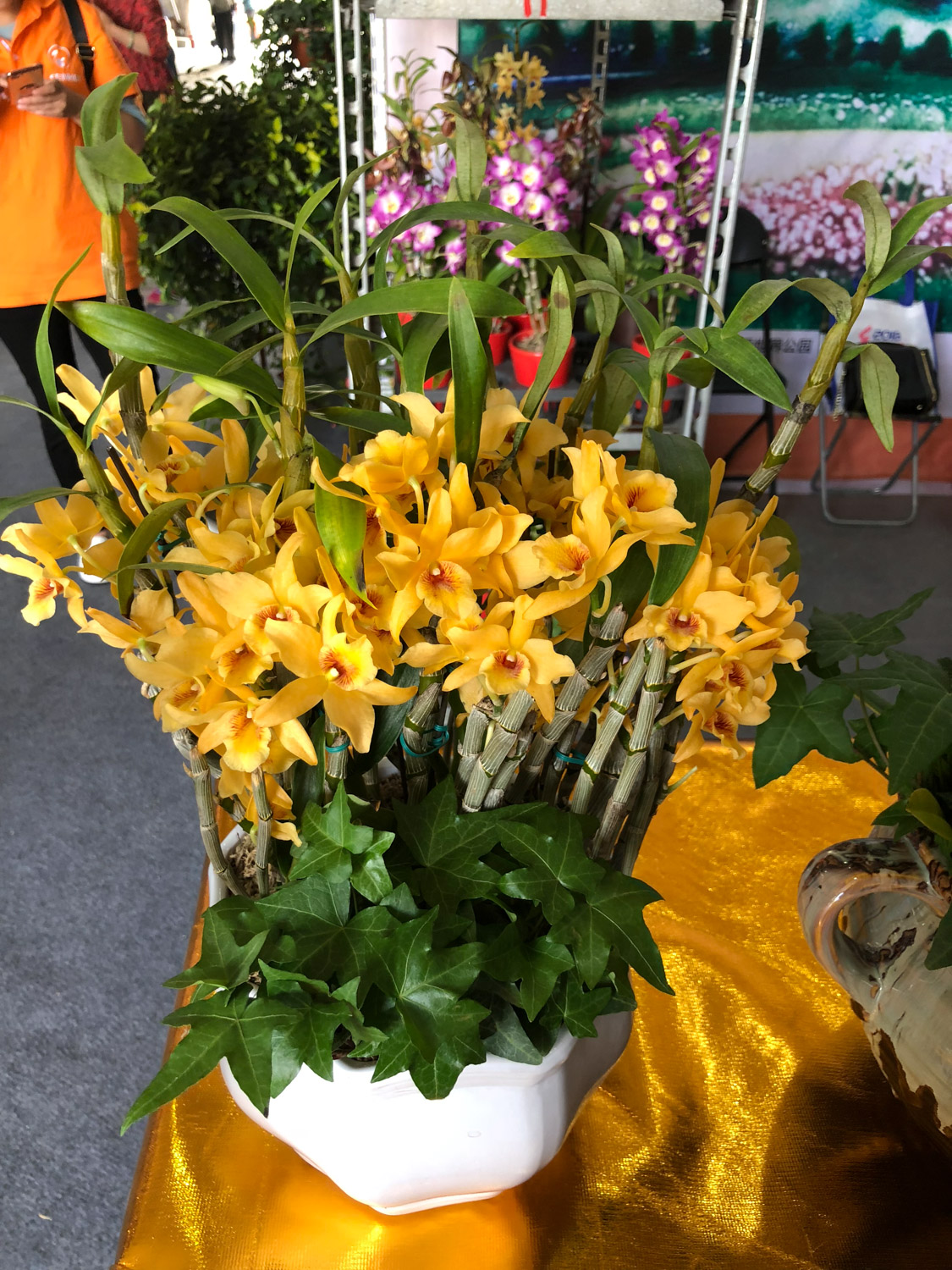
4、 Other issues
1. How to spend the winter: when winter comes, we should move Dendrobium huoshanense into indoor breeding. The air temperature should be controlled between 10-15 ℃, and attention should be paid to shade and ventilation
2. Whether it can be placed indoors: Dendrobium huoshanense can be placed indoors. It has appreciation value, beautiful design and color, and is suitable for breeding


 jackfruit
jackfruit snake plant
snake plant hibiscus
hibiscus hydrangea
hydrangea lavender
lavender Green roses climb al...
Green roses climb al... If you don't pay att...
If you don't pay att... Management of four g...
Management of four g...

